Overkill and repeat shooting ordered for Kosciuszko National Park brumby cull
Shooters will operate the same type of semi-automatic rifles used by the LAPD to cull a ballooning population of brumbies in Kosciuszko National Park, with a policy of ‘overkill’ adopted to ensure the animals die quickly.
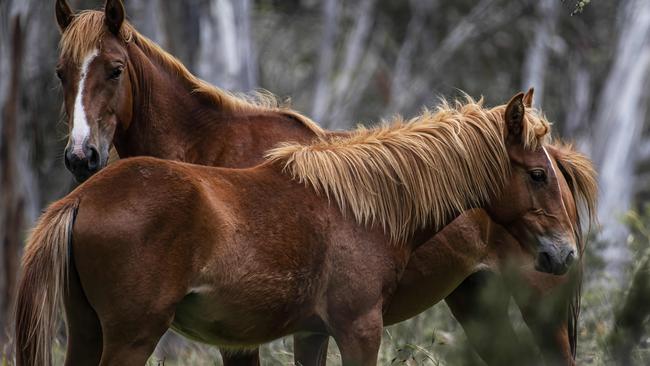
Shooters will operate the same type of semi-automatic rifles used by the Los Angeles Police Department to cull a ballooning population of brumbies in Kosciuszko National Park, with a policy of “overkill” adopted to ensure the animals die quickly.
In October, the NSW government announced it would start culling brumbies in the park, with the latest figures putting the population between 13,000 and 21,000.
The government has a legislated target to reduce the population to 3000 by mid-2027, given the animals’ impact on wildlife, park management and vegetation.
The NSW National Parks & Wildlife Service aerial shooting procedure sets out the method to shoot the brumbies and achieve “the most rapid death possible”, with shooters operating in minimum teams of three from helicopters, targeting the chest and head.
“Since it’s difficult to assess with certainty from the air whether an animal is dead, it is essential that a deliberate policy of ‘insurance shots’ – or ‘repeat shooting’ or ‘overkill’ – be followed, where a minimum of two shots are used per animal,” the NPWS procedure says. “Where practical, all horses in a social group will be killed before targeting other groups.”
“Flybacks” would also be conducted, where shooters fly back over the animal to “visually ensure death”.
The procedure says that if a “lactating female horse” has been killed “all reasonable efforts would be made to find any dependent young and kill them as quickly as possible”.
The firearm being used for the aerial shooting is a FN SCAR-H semi-auto, equipped with a red-dot scope and silencer. Variants of the rifle are used by the US military, while versions of the “H” model are used by the French armed forces and the LAPD’s SWAT team.
At a December 18 hearing of the NSW parliament animal welfare committee, which is hosting an inquiry into the shootings, concerns were raised over the .308 calibre Winchester ammunition being used.
Shooters, Fishers and Farmers Party MP Robert Borsak said he thought that the calibre of ammunition wouldn’t lead to a quick death. “You’re taught as a hunter to use the right calibre to kill humanely,” he said.
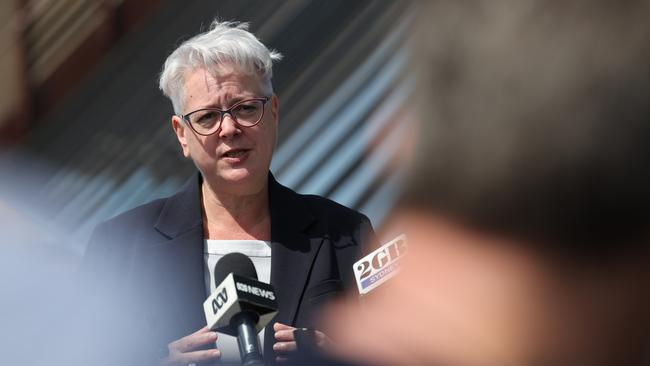
“They’re shooting horses that weigh up to 400kg with .308 – it’s simply not a power enough calibre to do the job quickly and cleanly.”
The inquiry’s chair, Animal Justice Party MP Emma Hurst, said she was “extremely worried” about a “bloodbath”.
“Aerial shooting has always been inhumane, the animals are terrified, running for their lives as they are chased and shot in groups,” she said, calling for a “non-lethal alternative” such as rehoming.
However, a NPWS spokesman said the ammunition was “scientifically proven” to be suited for aerial shooting and humane.
“The calibre cartridge is routinely used across Australia in aerial shooting of large feral herbivores and is prescribed in the relevant national standard operating procedures for the aerial shooting (of feral wild and large animals),” the spokesman said, noting it was used in other states.
He said the operating procedure also included input from vets and the RSPCA.
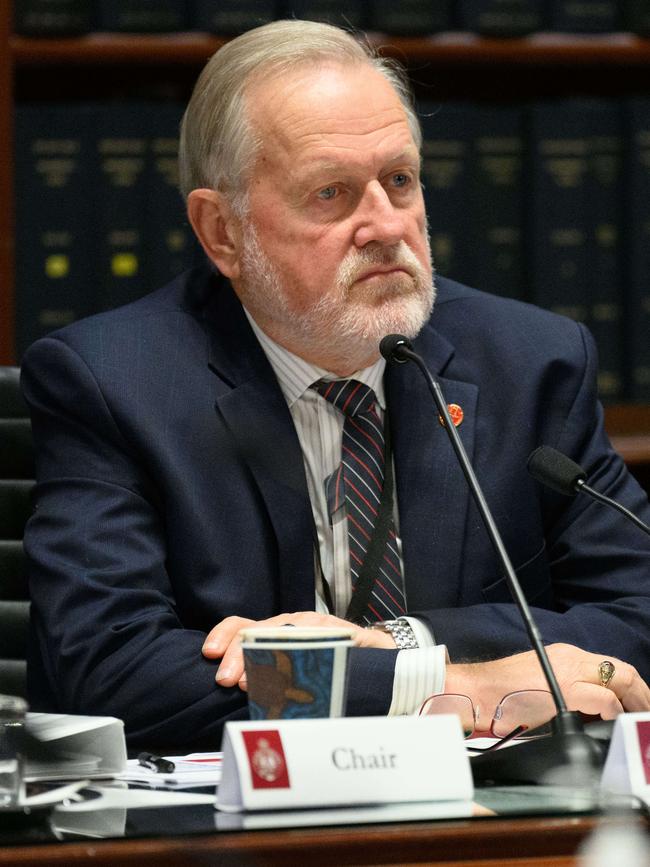
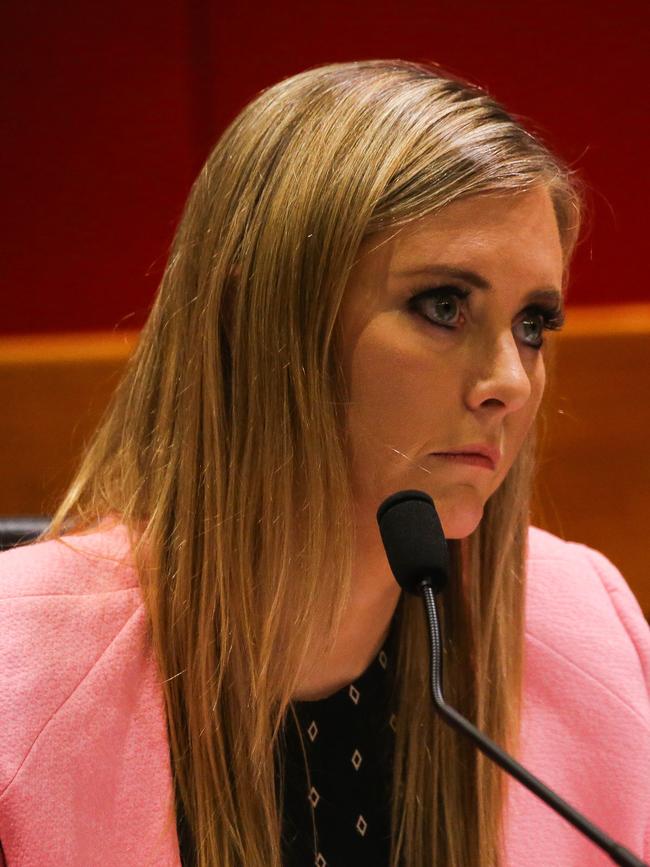
The spokesman said that, during a two-day trial in November, which killed about 270 horses, death was “typically achieved with one to three bullets”, but that, on average, a further five were fired to “provide certainty”.
Across that two-day program, more than 2000 shots were fired. On average, more than seven shots were fired into each brumby.
“The (November) preliminary program of aerial shooting achieved very high animal welfare outcomes, including no adverse welfare events, or no non-fatal wounding,” the spokesman said.


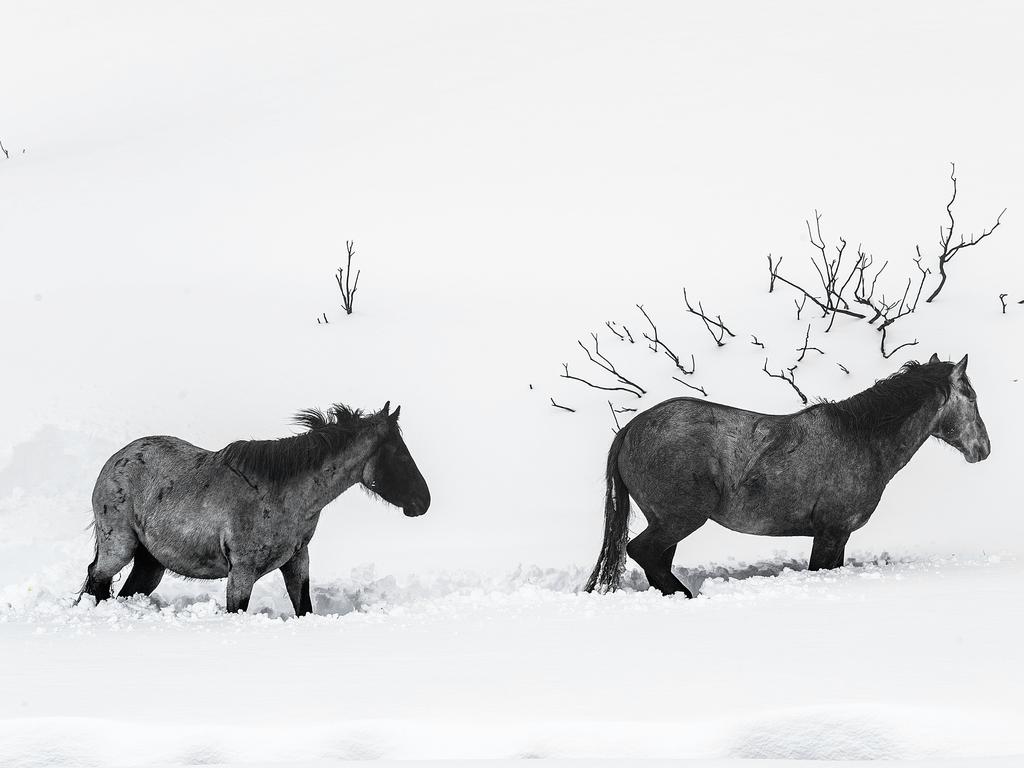
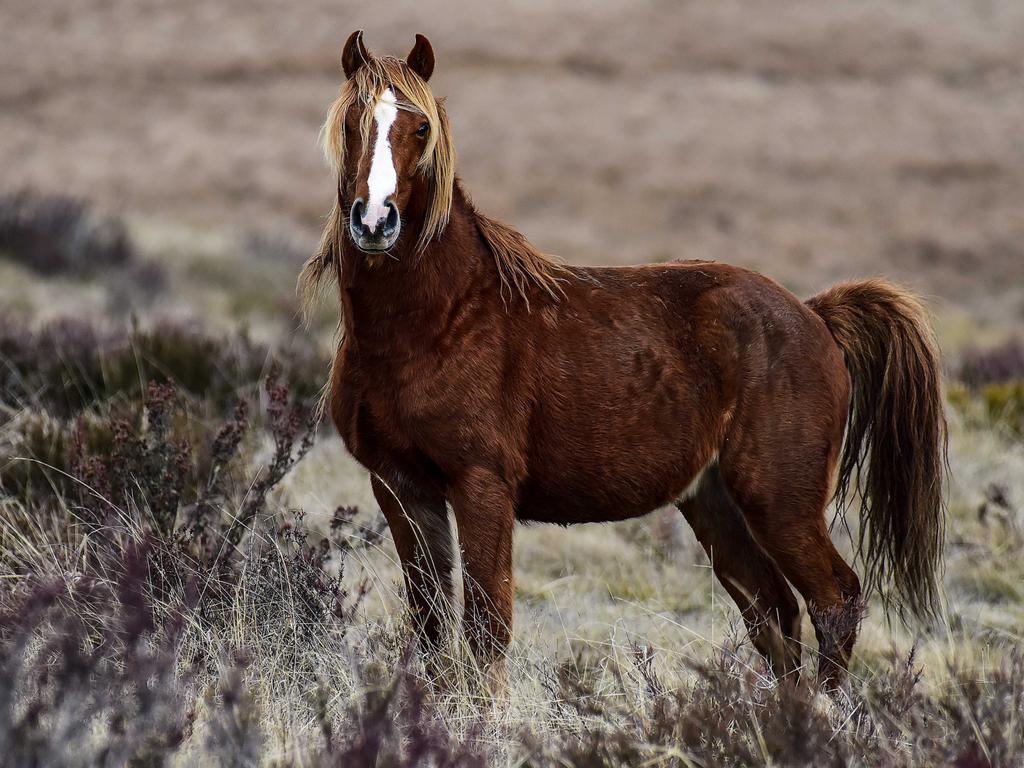




To join the conversation, please log in. Don't have an account? Register
Join the conversation, you are commenting as Logout